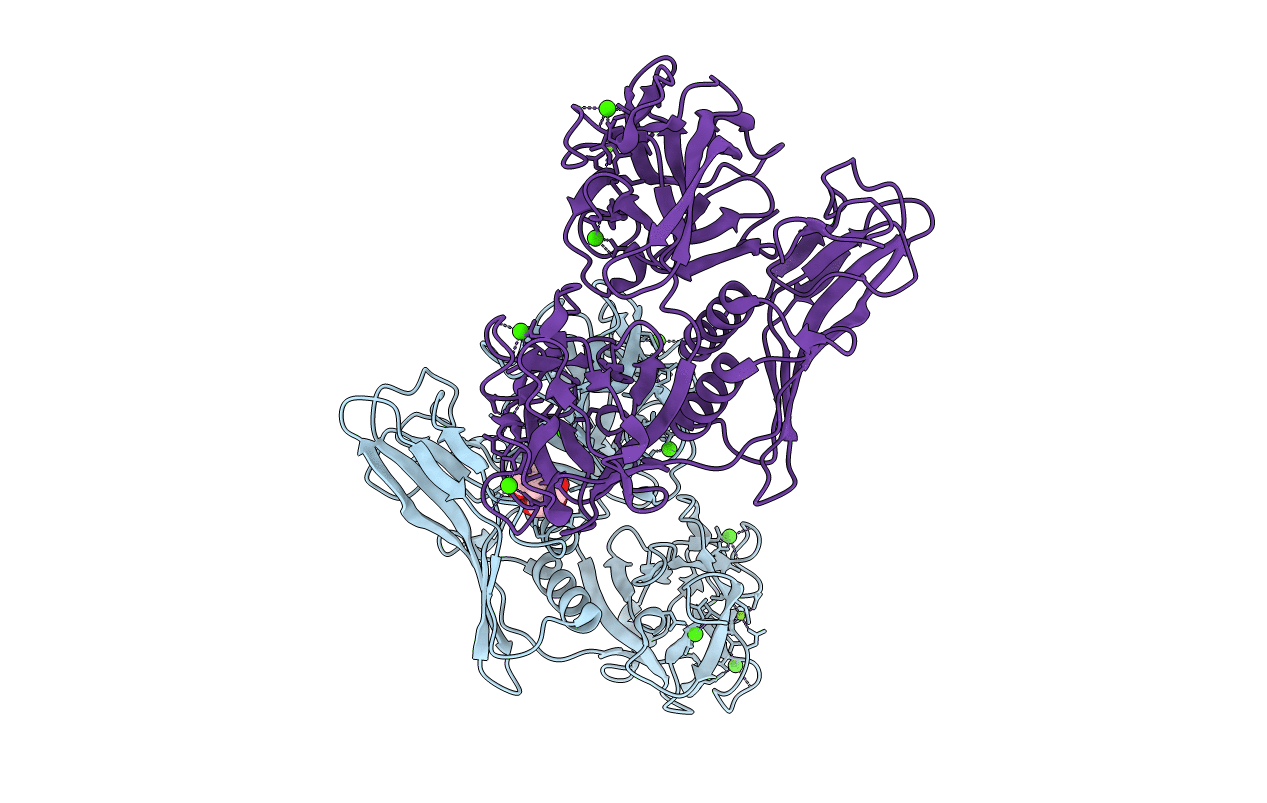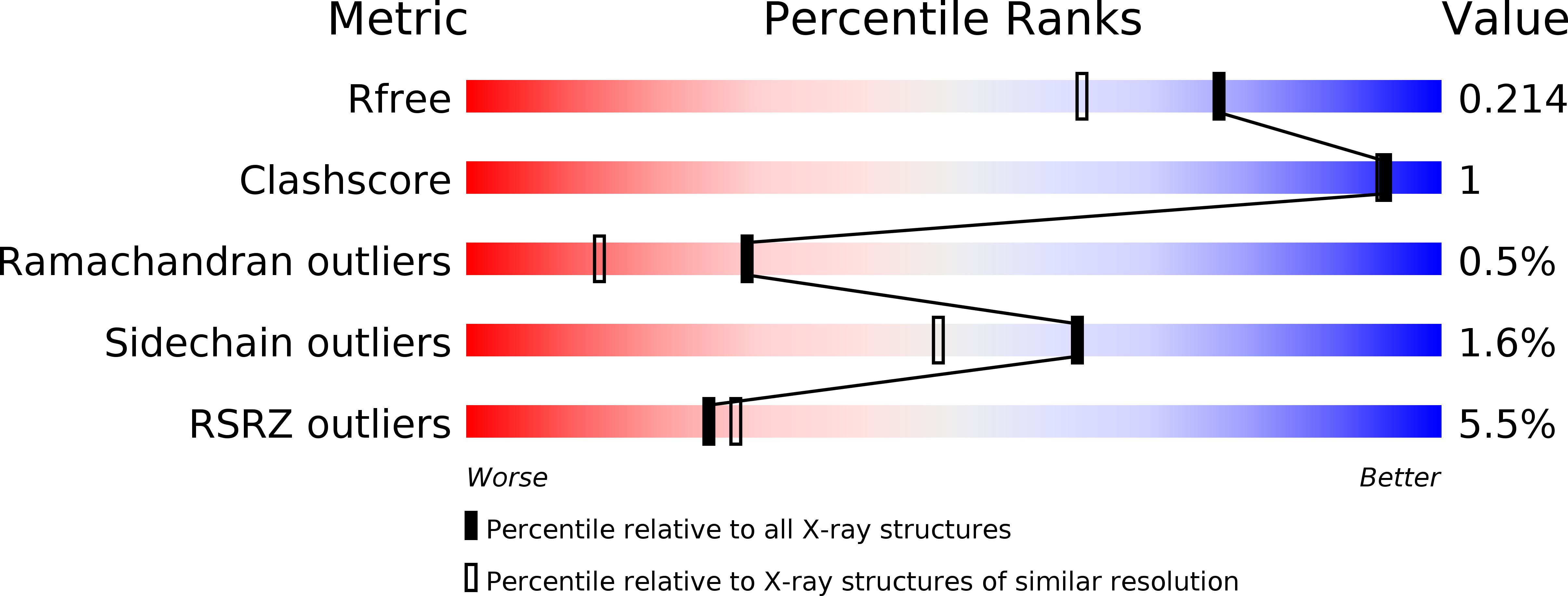
Deposition Date
2004-03-09
Release Date
2004-09-07
Last Version Date
2024-10-16
Method Details:
Experimental Method:
Resolution:
1.70 Å
R-Value Free:
0.20
R-Value Work:
0.16
R-Value Observed:
0.16
Space Group:
P 1 21 1


